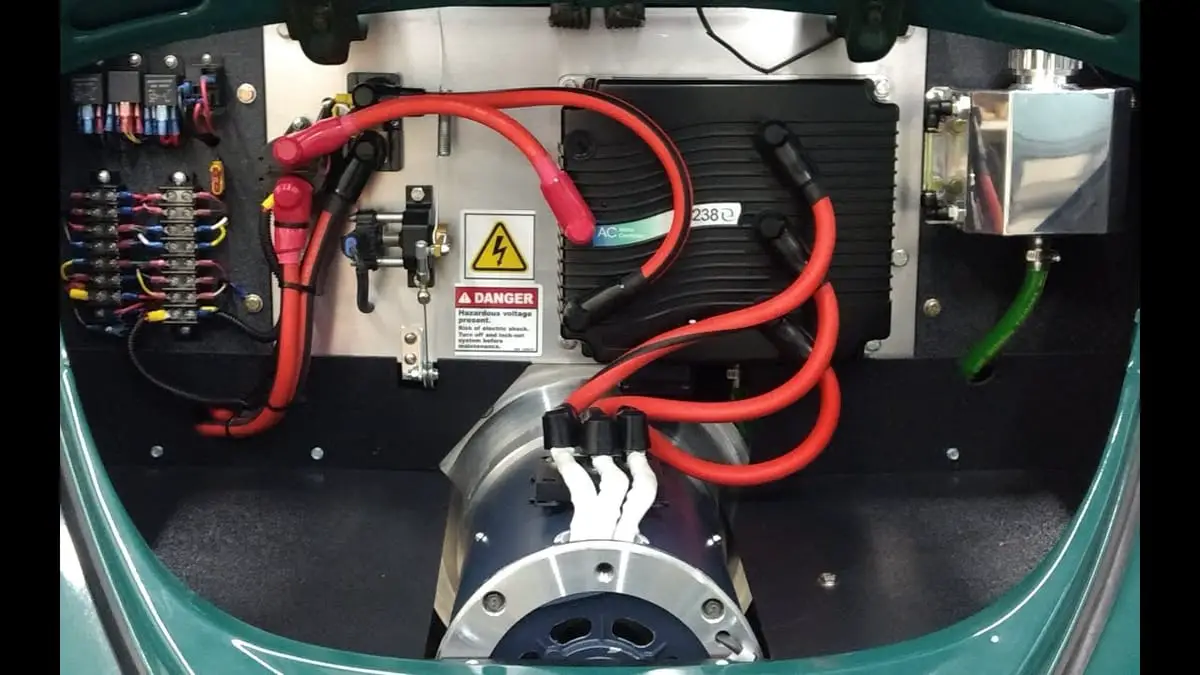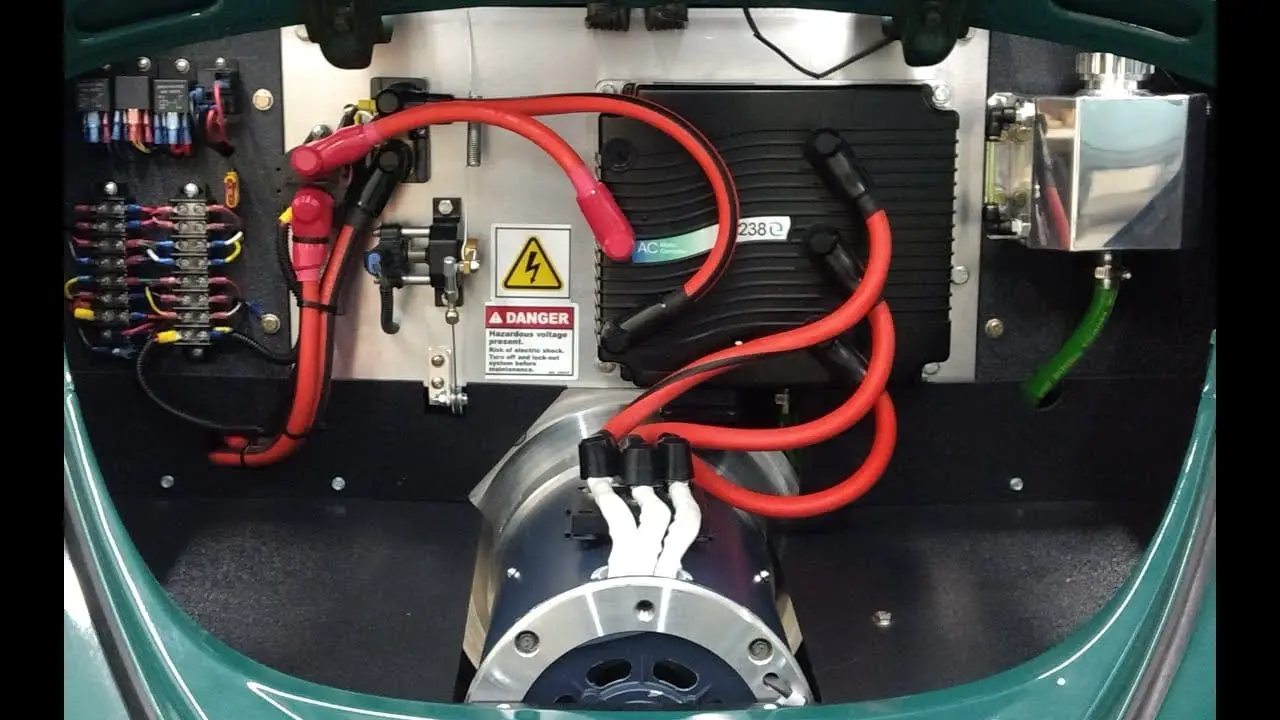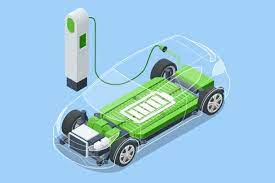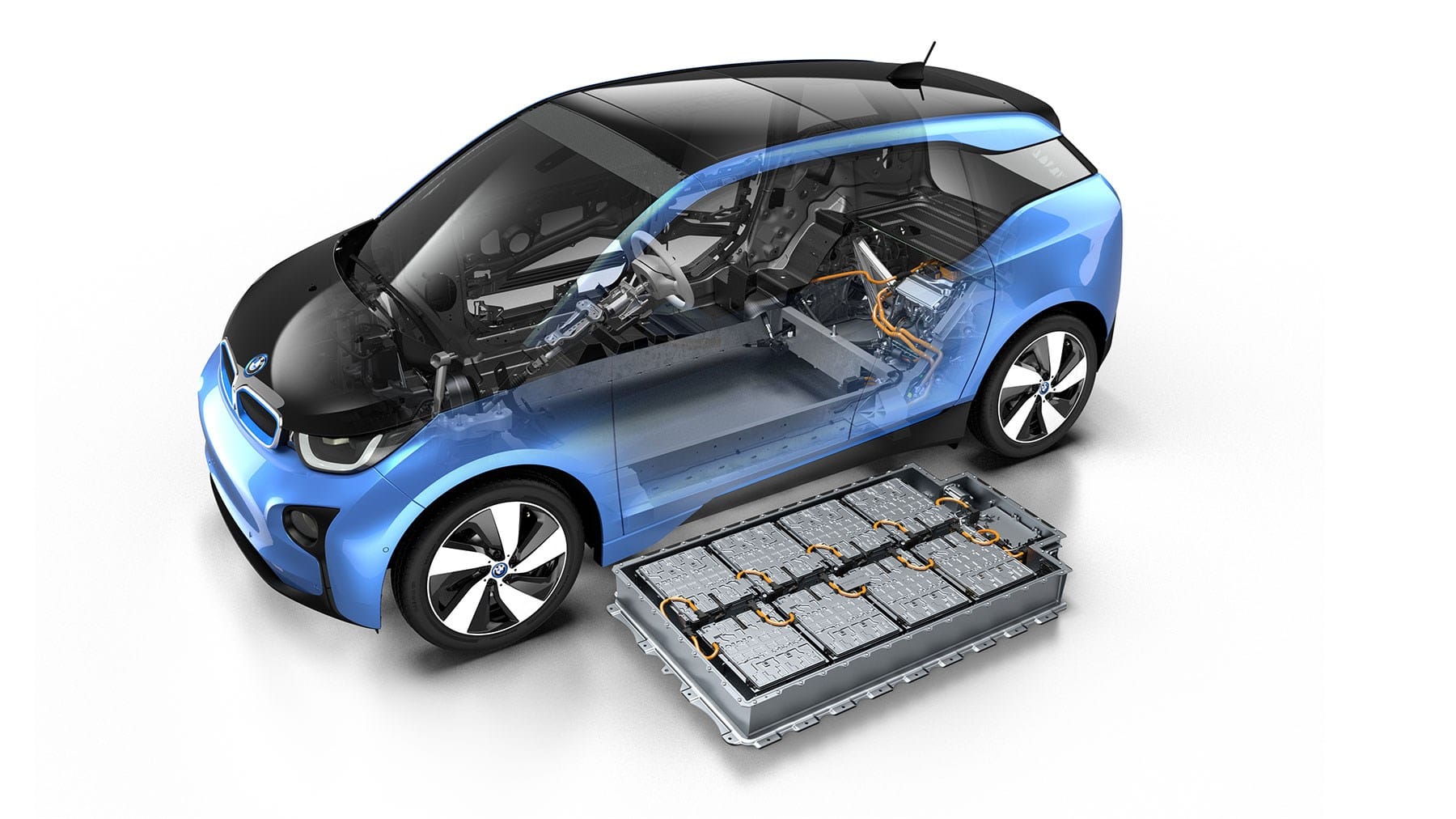Electrify Your Ride: A Guide to DIY EV Conversions.
Electric vehicles (EVs) are revolutionizing the way we think about transportation, offering cleaner, quieter, and more efficient alternatives to traditional gas-powered cars.


Electric vehicles (EVs) are revolutionizing the way we think about transportation, offering cleaner, quieter, and more efficient alternatives to traditional gas-powered cars.
While purchasing a brand-new electric car is one way to join the EV revolution, another option gaining popularity among enthusiasts is the do-it-yourself (DIY) EV conversion.
Converting a conventional gas car into an electric vehicle not only reduces emissions but also allows for customization and creativity.
In this guide, we'll explore the steps involved in a DIY EV conversion and how you can electrify your ride.
Step 1: Research and Planning
Before diving into an EV conversion project, it's essential to conduct thorough research and planning. Start by selecting a donor car—the vehicle you'll be converting to electric.
Consider factors such as weight, aerodynamics, and available space for batteries and electric components. Popular choices for DIY EV conversions include compact cars like the Volkswagen Beetle or Toyota Corolla.
Step 2: Remove Internal Combustion Engine (ICE) Components
Once you've chosen a donor car, the next step is to strip out the internal combustion engine (ICE) and associated components, including the fuel tank, exhaust system, and radiator.
Depending on the complexity of the conversion, you may also need to remove the transmission and drivetrain components.

Step 3: Select Electric Components
With the ICE components removed, it's time to select the electric components for your conversion.
This typically includes an electric motor, motor controller, batteries, charger, and auxiliary components such as power steering and air conditioning systems.
You can choose from a variety of electric motors, ranging from DC brushed motors to AC induction motors, depending on your performance requirements and budget.
Step 4: Install Electric Components
Once you have all the necessary electric components, begin installing them in the vehicle according to your conversion plan.
Mount the electric motor in place of the removed ICE, connect it to the transmission or directly to the wheels, and install the motor controller to regulate the power delivery.
Place the batteries strategically throughout the vehicle, taking into account weight distribution and available space.

Step 5: Wiring and Integration
Wiring is a crucial aspect of any EV conversion project.
Carefully route and connect the wiring harnesses for the electric motor, controller, batteries, charger, and auxiliary systems.
Ensure that all connections are secure and properly insulated to prevent electrical faults or shorts.
Integrate the electric components with the vehicle's existing systems, such as brakes, steering, and instrumentation, as needed.
Step 6: Testing and Debugging
Before hitting the road, it's essential to thoroughly test and debug your DIY EV conversion.
Check for proper operation of the electric motor, controller, and auxiliary systems. Test the vehicle's performance, including acceleration, braking, and handling.
Address any issues or discrepancies that arise during testing to ensure the safety and reliability of your electric vehicle.
Step 7: Finalization and Refinement
Once testing is complete, finalize your DIY EV conversion by making any necessary adjustments or refinements.
Fine-tune the motor controller settings for optimal performance and efficiency. Consider adding additional features or upgrades, such as regenerative braking or onboard telemetry.
Finally, give your electric vehicle a fresh coat of paint or personalized decals to make it truly your own.
Conclusion: Empowering the Electric DIY Enthusiast
DIY EV conversions offer an exciting opportunity for enthusiasts to take part in the electrification of transportation while unleashing their creativity and ingenuity.
By following these steps and embracing the challenges of electric vehicle conversion, you can transform an ordinary gas-powered car into a clean, green, and electrifying ride.
So, whether you're a seasoned tinkerer or a novice enthusiast, consider embarking on a DIY EV conversion project and join the ranks of electric vehicle pioneers shaping the future of mobility, one conversion at a time.




